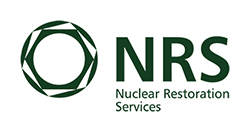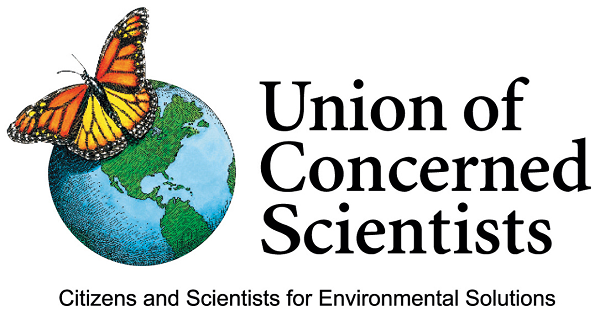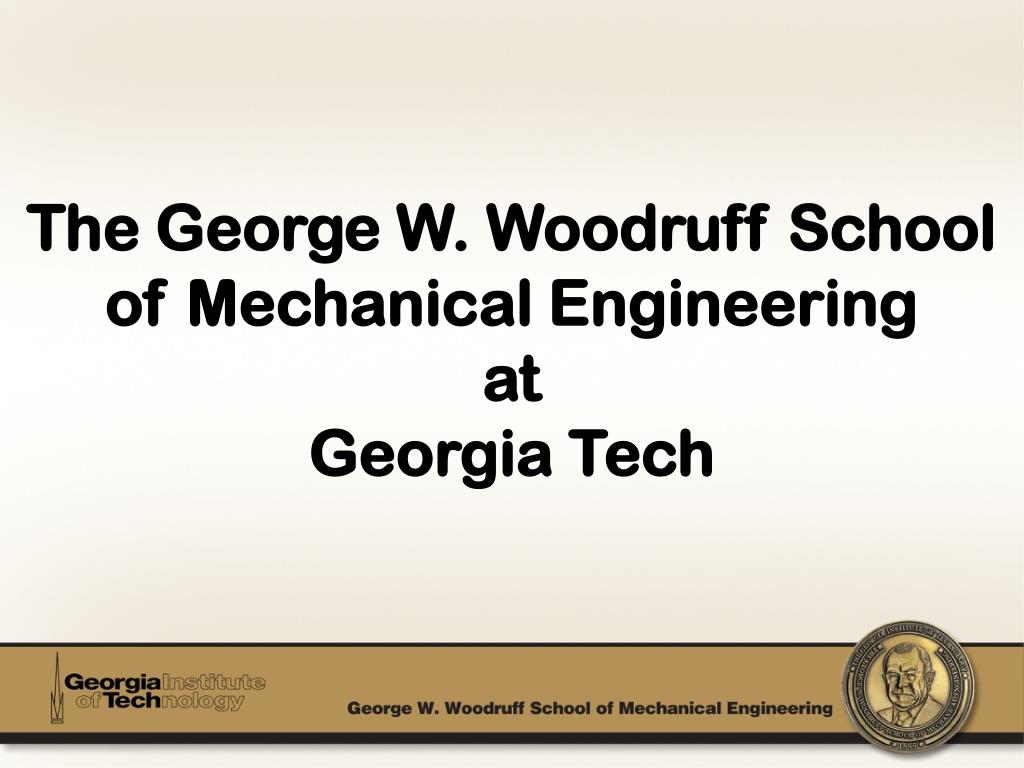Part 1 of 2 Parts
EDF Energy said the performance of its U.K. nuclear power plants in 2024 was “very good”, with an output of thirty-seven terawatts. It intends to maintain the same level over the coming years. Meanwhile, a new report has highlighted the contribution that nuclear energy has made to economic growth in the UK.
EDF manages eight U.K. nuclear power plant sites. Five of them are currently operating (Sizewell B, Torness, Heysham 2, Heysham 1 and Hartlepool) and three have entered decommissioning (Hunterston B, Hinkley Point B and Dungeness B). It took over the nuclear power plants sites when it acquired British Energy in 2009. The company is also constructing the new Hinkley Point C plant in Somerset as well as advanced plans for a replica of Hinkley Point C at Sizewell C in Suffolk.
EDF Energy said, “U.K. nuclear output in 2024 totaled thirty-seven terawatts – the same as 2023 – and nearly four times more than was anticipated for 2024 at the point of acquisition in 2009. The U.K. imported twenty-one terawatts from France in 2024, the majority of which will have been generated by French nuclear reactors. The objective is to sustain output at around this level into 2027 and longer, if possible.”
EDF noted it has invested about ten billion dollars in the U.K. fleet since it acquired it in 2009 and will invest a further one billion sixty-two million dollars over the next three years (2025-27) “to help sustain current levels of generation, boost energy security and cut carbon.”
EDF continued, “While output has dropped from a high point in 2016 of sixty-five terawatts from eight power stations, the fleet still plays an integral part in supporting U.K. energy security. This is especially true when demand is high and renewables output is low due to weather conditions.”
EDF Energy said it has set itself a number of priorities over the next ten years.
EDF said that the Sizewell B pressurized water reactor in Suffolk, which started operations in 1995, provides three percent of the U.K.’s electricity demand, “making it important for energy security and the UK’s clean power goals”. EDF said it will invest to enable a potential twenty-year operating extension, taking the lifetime from 2035 to 2055. “This decision is subject to agreeing the appropriate commercial model to ensure such an extension is viable.”
Last December, further short life extensions for the four generating Advanced Gas Cooled Reactor (AGR) plants were announced. Heysham 1 and Hartlepool will generate until 2027, and Heysham 2 and Torness would have their lifetimes extended by two years to 2030. EDF said it wants to generate beyond these dates, subject to plant inspections and regulatory oversight.
An agreement to remove the fuel from all seven AGR plants was reached in June 2021. Once the spent nuclear fuel has been removed, each plant will be transferred to Nuclear Restoration Services (NRS), part of the Nuclear Decommissioning Authority (NDA). There are three nuclear power plants currently in defueling (Hunterston B, Hinkley Point B and Dungeness B). EDF said its target is to make this transfer approximately nine to twelve months after each power plant is declared as ‘fuel free’. The first plant due to transfer will be Hunterston B in mid-2026. The rest of the nuclear fleet is due to transfer on a rolling basis in the years that follow. This is dependent on actual end of generation dates and overall defueling performance at each station and at Sellafield.
Nuclear Restoration Services
Please read Part 2 next







